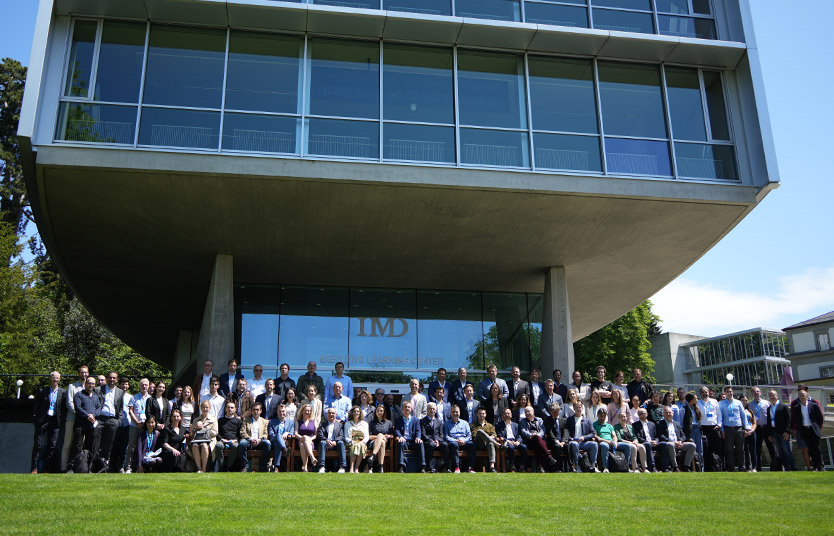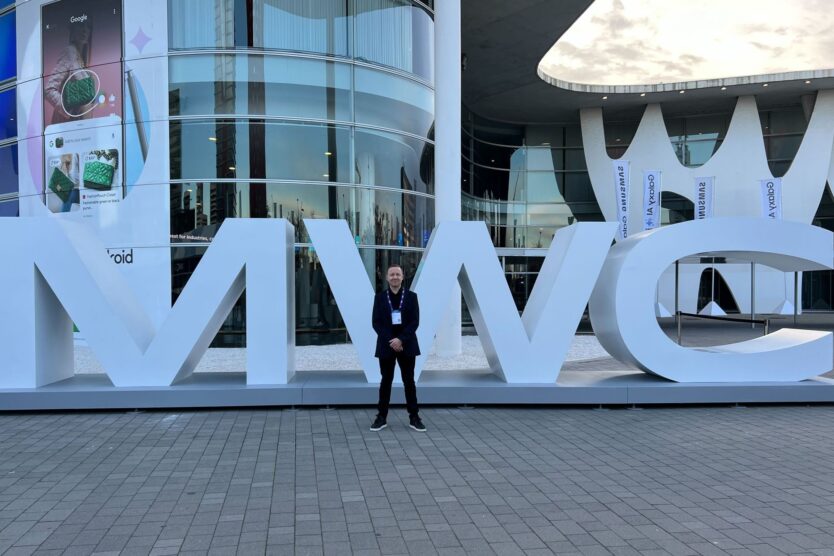What makes a good inventor? History is littered with examples of people who have changed the world through inventions and whose contributions have impacted many different fields: Edison, Tesla, Graham-Bell, Gutenberg. So what makes these people such great inventors? Is it a spark of heroic genius or simply being in the right place at the right time?
It is certainly a combination of both to some extent. Instances of simultaneous invention, for example, show us that inventions, or at least the valuable ones, are inevitable and a product of the information which is available to individuals at the time. But you can give the best inventive ingredients in the world to a person and, if they are not primed to think creatively, opportunities can pass them by. Even highly skilled inventors can miss great opportunities!
Human difficulties
To summarise the difficulties faced by a human who is tasked with making inventions:
- Limited ability to review information – Millions of new documents are published every day, far more information than a human can possibly review.
- Increasing specialisation / Corporate invention stagnation – The information that an engineer may be inspired by is a product of the people they talk to and the sources that they read.
- Human issues:
- The fear of a blank slate – This is the same trap which is faced by writers facing a blank page or artists before they have marked the first stroke of the brush. How to choose which direction to go in – this question often stops people from going in any new direction at all.
- Technical creativity is a skill – Knowing how to come up with new ideas rather than rearranging old ones is not formally taught and therefore is very difficult to measure.
- Personal reputation – People suppress new ideas for fear of being laughed at for what might well be a foolish suggestion. They also get attached to their own ideas, making their proposal, selection and review a deeply political affair
- Stress kills creativity, but necessity is the mother of invention – People need the drive to solve a problem, but this cannot be through deadlines alone, as stress is neurologically an inhibitor to divergent thinking.
The essentials
So can anyone be a prolific inventor? Yes! In the right situation, they can be. For an invention team to flourish, there are two essential things to remember:
- Always start with an information advantage – ‘Why is this your invention to make?’, or ‘Why has nobody else made this invention already?’ There are a lot of smart people out there, so if your idea is valuable and could have been made 5 years ago, the likelihood is that it has been.
- Create an inventive culture
- There are no foolish ideas. If you punish people for wasting time, then you will filter out the great ideas along with the bad. Encourage people to think outside the box.
- Discourage personal attachment to ideas – try anonymising the ideas, or perhaps using AI to help you create so many that there is no need to tie yourself to any one of them!
- Balance incentives to ensure output but also permit exploratory thinking phases.
It has to be all right…
Even with all of this, if point 1 is still human-derived, then this is still a serendipitous process. To be the right person, with the right information, at the right time and find a disruptive invention once is difficult enough and it is undoubtedly impossible to repeat it reliably.
If invention is a product of the information input that an inventor has, then a critical step is to feed the right information to the inventor at the right time. This has been the first challenge which Iprova’s tools have addressed and using our tools has driven an average 10x improvement in inventor output.
The power of AI to disrupt this process doesn’t stop there! In addition to the vast and growing capabilities of NLP which have driven this first ability, we have recently also seen an explosion in tools to augment human creativity in a variety of fields. Take art for example:
These tools may soon completely democratise the process of creating bespoke images which fit any vision that inspires your mind. Perhaps it does not generate exactly what you had in mind, but this can actually augment the creative process through a collaboration between man and machine.
Democratising invention
So what could this look like for invention?
- Presenting the technological developments and information which are relevant to your problem, but which are not yet used in your domain
- Promoting divergent thinking by getting humans to consider options that they didn’t even know existed.
- Generating seeds of ideas which a human can work on and adapt.
This kind of approach may fundamentally change the process of invention and the way that humanity solves problems, reducing both the creativity and information accumulation barriers to innovation. This may mean that invention is no longer restricted to a few prolific geniuses at major companies, but instead made a strategic tool where even inexperienced younger employees can be empowered to create inventions that drive the company’s future business.
It is difficult to put your reputation on the line and propose a new idea, but anyone can be a machine’s critic and collaborator. Soon, anyone can be an inventor!
More from our feed
Key takeaways from the 2024 AI-Assisted Invention summit
Read more
Iprova and Microsoft partner to launch AI-Assisted Invention Summit
Read more
Lessons from MWC 2024
Read more